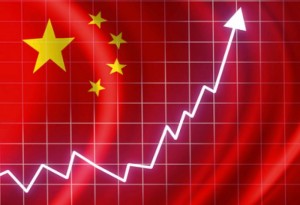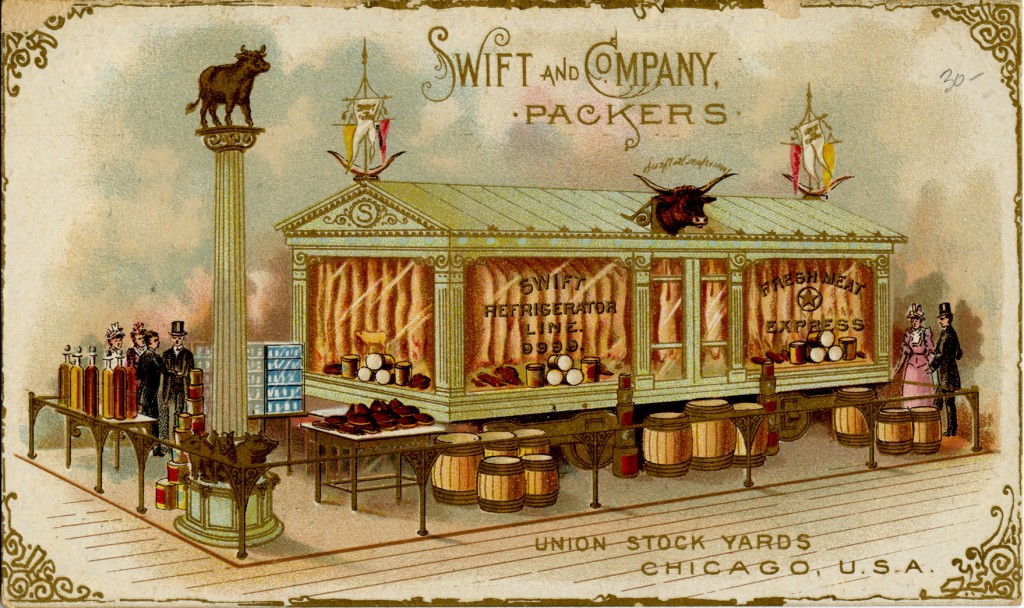While China’s recent economic boom has accelerated the pollution spewing across the land, the roots of its environmental problem stretch back centuries. The dynastic leaders of ancient China regularly conquered and consolidated territory while developing China’s economy; this exploited the nation’s natural resources in such a way that it contributed to famines and natural disasters according to the Council of Foreign Relation’s Elizabeth Economy in The River Runs Black: The Environmental Challenge to China’s Future. Culturally, China’s Confucian roots helped encourage policies that often promoted man’s use of nature, hindering the development of a conservative ethos. “China’s current environmental situation is the result not only of policy choices made today but also of attitudes, approaches, and institutions that have evolved over centuries,” Economy writes.
It wasn’t until the 1972 United Nations Conference on the Human Environment that China began to develop its first government approved environmental institutions. A delegation was sent to the United Nations Conference, but by then the country’s environment was already in dire straits that were further exacerbated by economic reforms of the late 1970s. Prior to the initiation of economic reforms, China maintained policies that kept the economy very poor, stagnant, centrally controlled, vastly inefficient, and relatively isolated from the global economy. According to the Congressional Research Service, Since opening up to foreign trade and investment and implementing free market reforms in 1979, China has been among the world’s fastest-growing economies, with real annual gross domestic product (GDP) growth averaging nearly 10% through 2013. In recent years, China has emerged as a major global economic and trade power: it is currently the world’s second-largest economy, largest trading economy, second- largest destination of foreign direct investment (FDI), largest manufacturer, and largest holder of foreign exchange reserves. Continue reading




